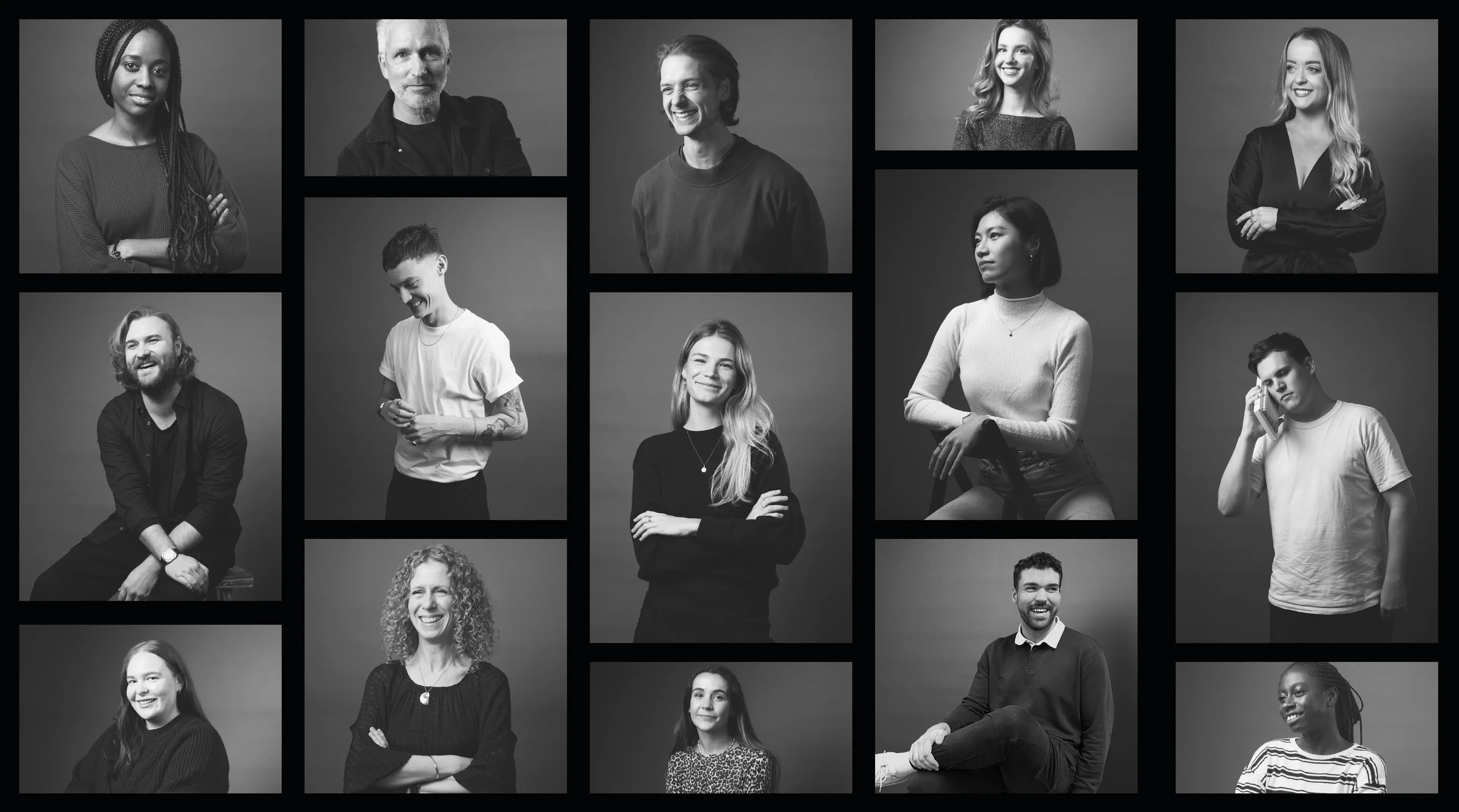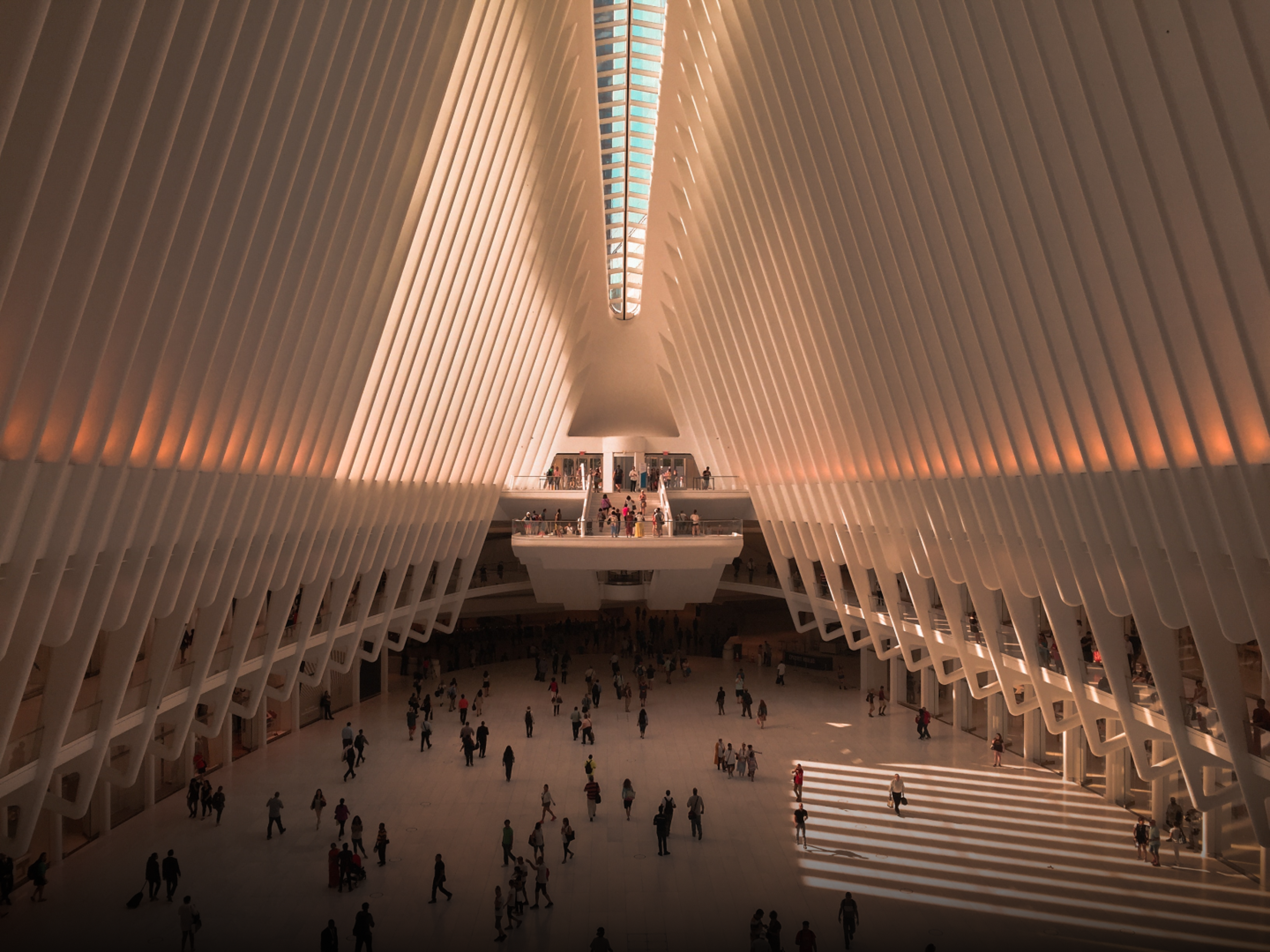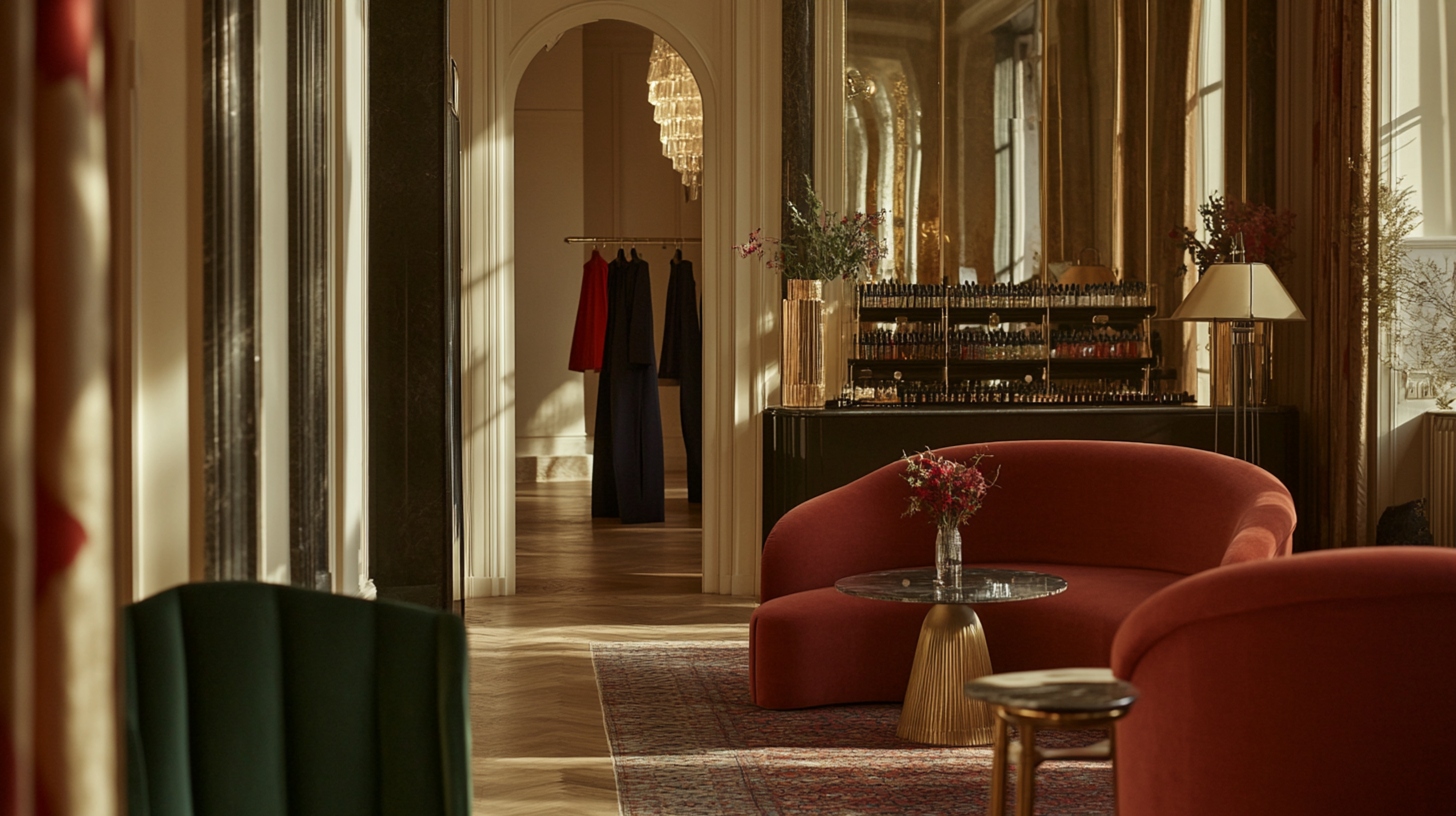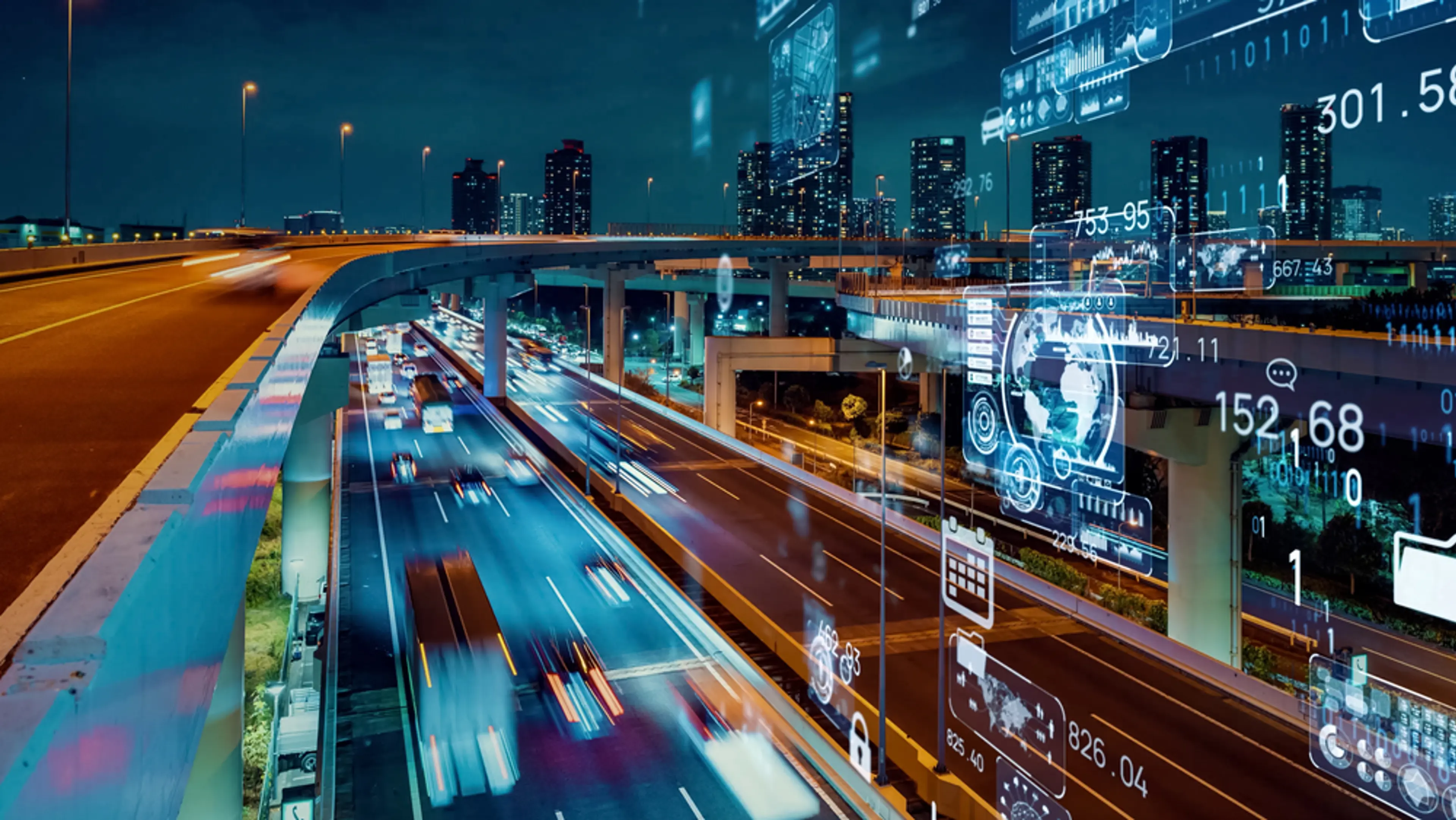
Tech & Innovation
1 Nov 2022
5 Min Read
A Tale of Twin Cities: How Digital Twins Dial Up Property Innovation
2D plans and 3D modelings remain the industry standard deliverable for placemaking - but how will metaversal digital twins transform the design of our future cities and urban destinations?
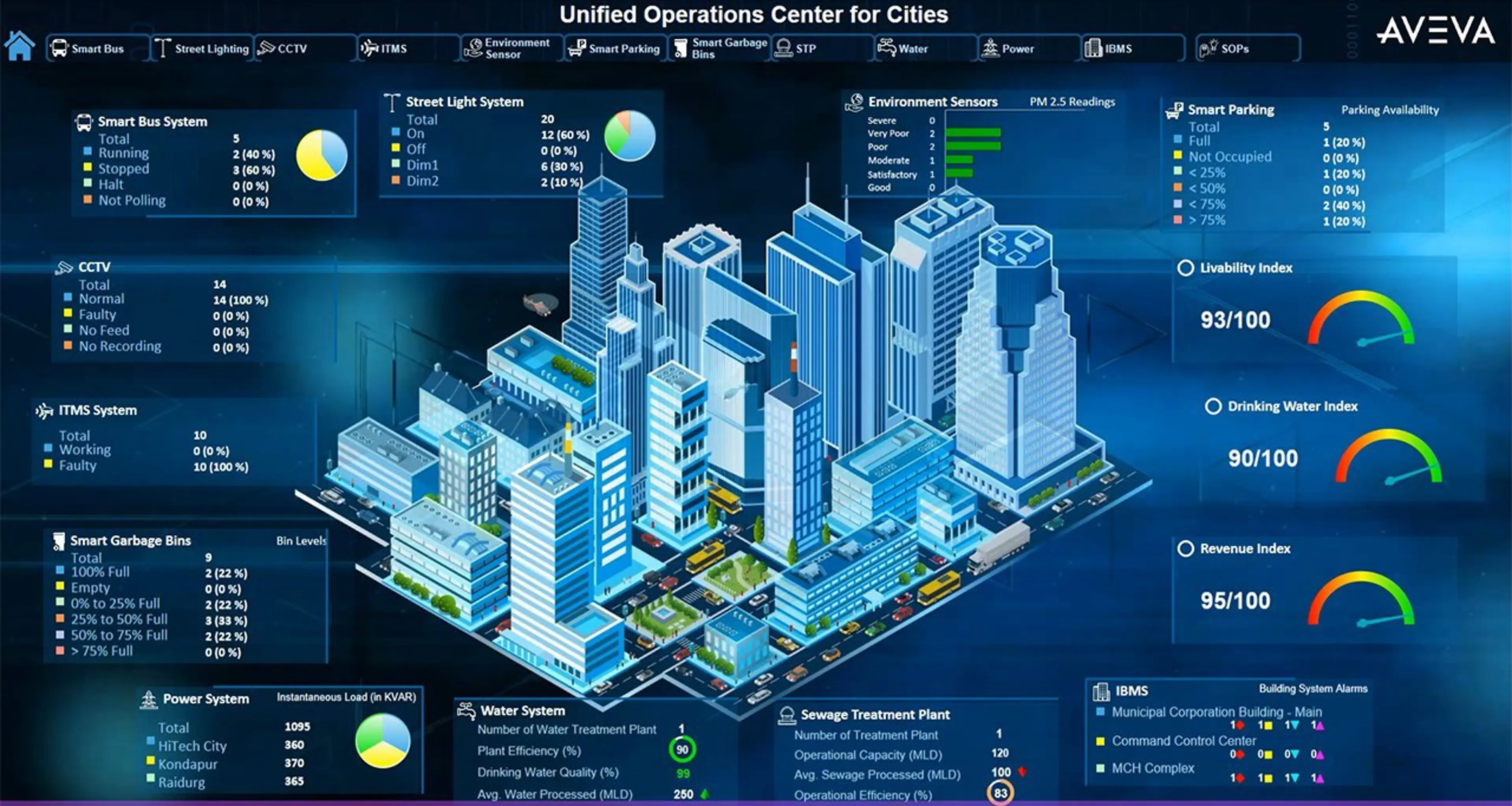
““Planners can help jurisdictions anticipate, design, and implement spaces where people live, work, and play in a manner that reduces air pollution, encourages physical activity, provides access to essential services, and preserves green space, all of which are important to health.””
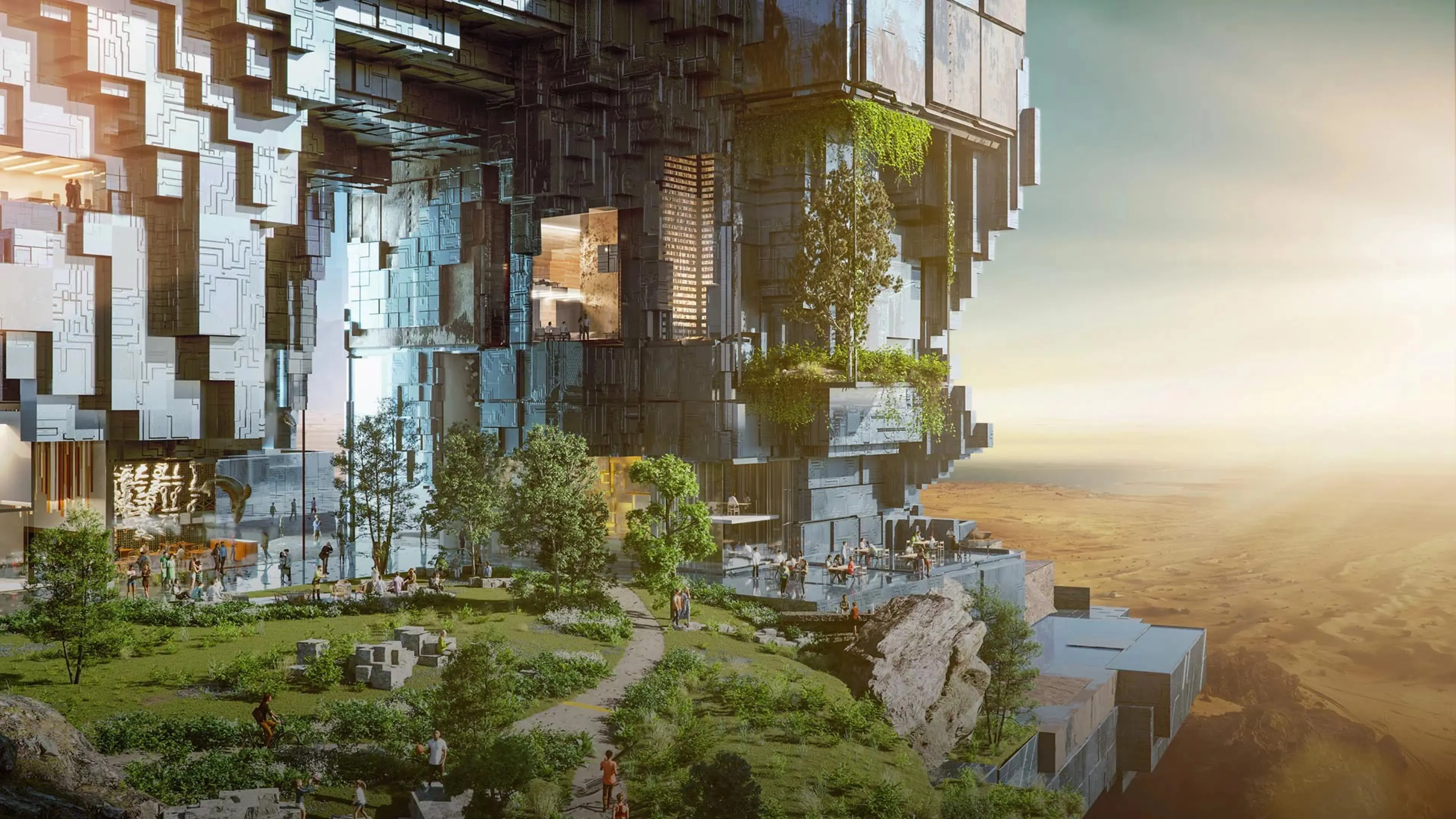
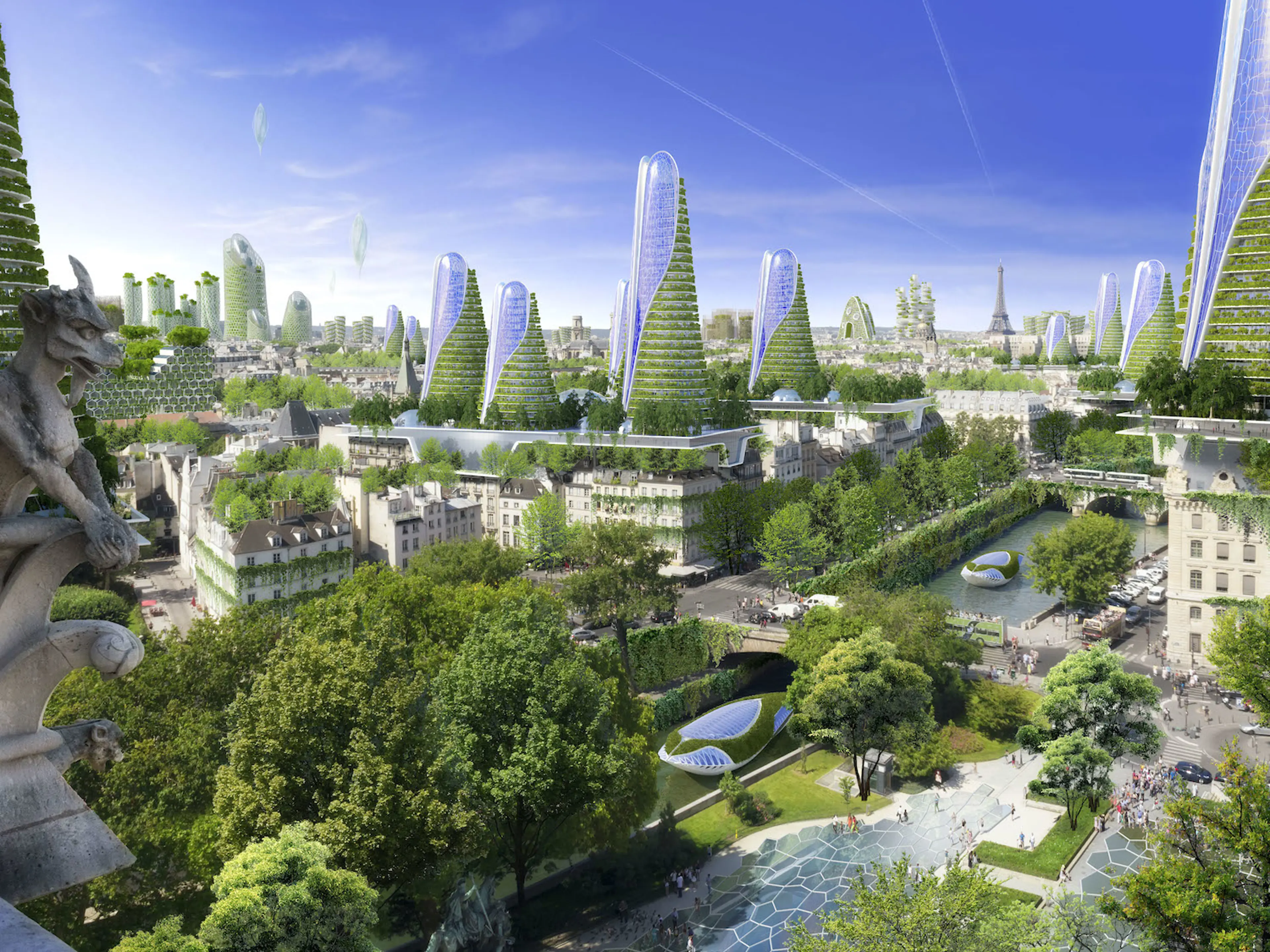
Tech & Innovation


